How to prune Flowering Dogwood? Branches dont tollerate pruning.
njbiology
16 years ago
Featured Answer
Sort by:Oldest
Comments (10)
gardengal48 (PNW Z8/9)
16 years agoRelated Professionals
Lowell Landscape Architects & Landscape Designers · Boca Raton Landscape Contractors · Lewisville Landscape Contractors · Pine Hills Landscape Contractors · Vacaville Landscape Contractors · Welby Landscape Contractors · White Bear Lake Landscape Contractors · Canton Decks, Patios & Outdoor Enclosures · Crystal Lake Decks, Patios & Outdoor Enclosures · Foothill Farms Decks, Patios & Outdoor Enclosures · Lenexa Decks, Patios & Outdoor Enclosures · Lewisville Decks, Patios & Outdoor Enclosures · Castaic Swimming Pool Builders · Cedar Hill Swimming Pool Builders · Cooper City Swimming Pool Buildersnjbiology
16 years agoNell Jean
16 years agonjbiology
16 years agoduluthinbloomz4
16 years agonjbiology
16 years agogardengal48 (PNW Z8/9)
16 years agoNell Jean
16 years agonjbiology
16 years ago
Related Stories

GARDENING GUIDESHow to Prune Your Flowering Shrubs for the Best Blooms
Less is often more when it comes to properly pruning flowering shrubs. Here’s what to do and why
Full Story
WINTER GARDENINGPruning Secrets for Exquisite Roses
Encourage gorgeous blooms year after year with this time-tested advice on how to prune your rosebush in winter for health and shape
Full Story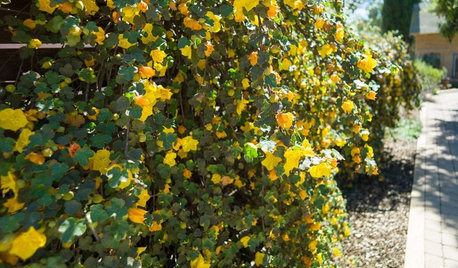
GARDENING GUIDESTidy Up Sprawling Native Shrubs With These Pruning Tips
Sound horticultural pruning methods work for native and nonnative plants alike
Full Story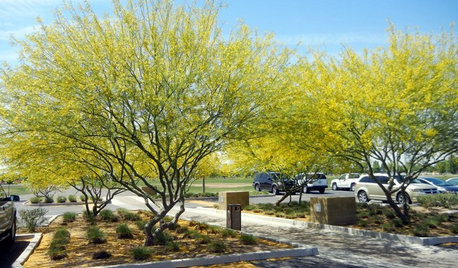
SOUTHWEST GARDENINGSouthwest Gardener's May Checklist
Let May's warm temperatures guide your edible and flowering garden plantings, and don't forget to protect and prune your picks
Full Story
DECORATING GUIDESBest Ways with Branches
Turn Twigs and Boughs into Natural Accents for Your Home
Full Story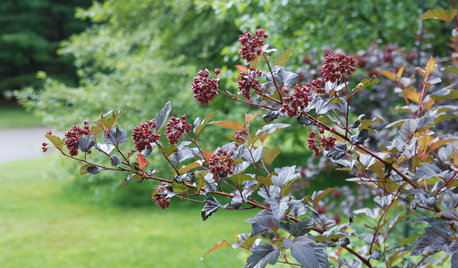
GARDENING GUIDES6 Branches and Berries to Spruce Up Holiday Decor
Bring garden cuttings in from the cold to warm up seasonal arrangements and decorate your home for the holidays
Full Story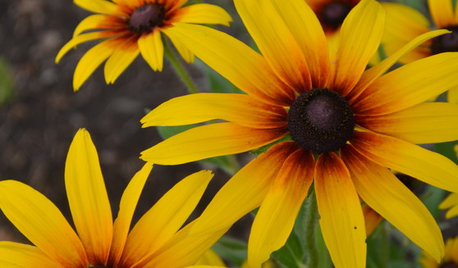
GARDENING GUIDESSouthwest Gardener's July Checklist
Hold on to your hat and prune those tree branches; monsoon season means damage prevention is key
Full Story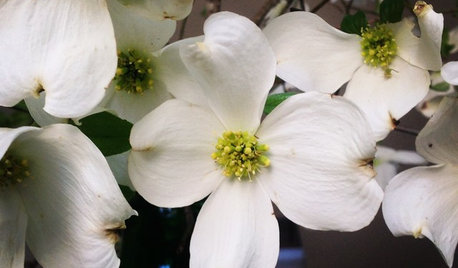
GARDENING GUIDESGreat Design Plant: Cornus Florida Benefits Wildlife
Flowering dogwood provides fiery red foliage in fall and beautiful springtime blooms
Full Story
LANDSCAPE DESIGNBoxwood Alternatives Bring the Chelsea Flower Show to You
Don’t let box blight limit your plans to borrow garden design ideas from the renowned British event
Full Story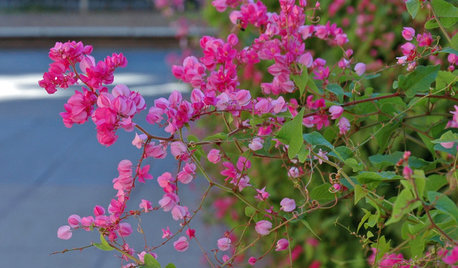
GARDENING GUIDESSouthwest Gardener's March Checklist
Dust off your gardening tools and get busy pruning to help your trees and plants reach their full potential
Full Story








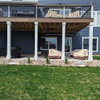
duluthinbloomz4